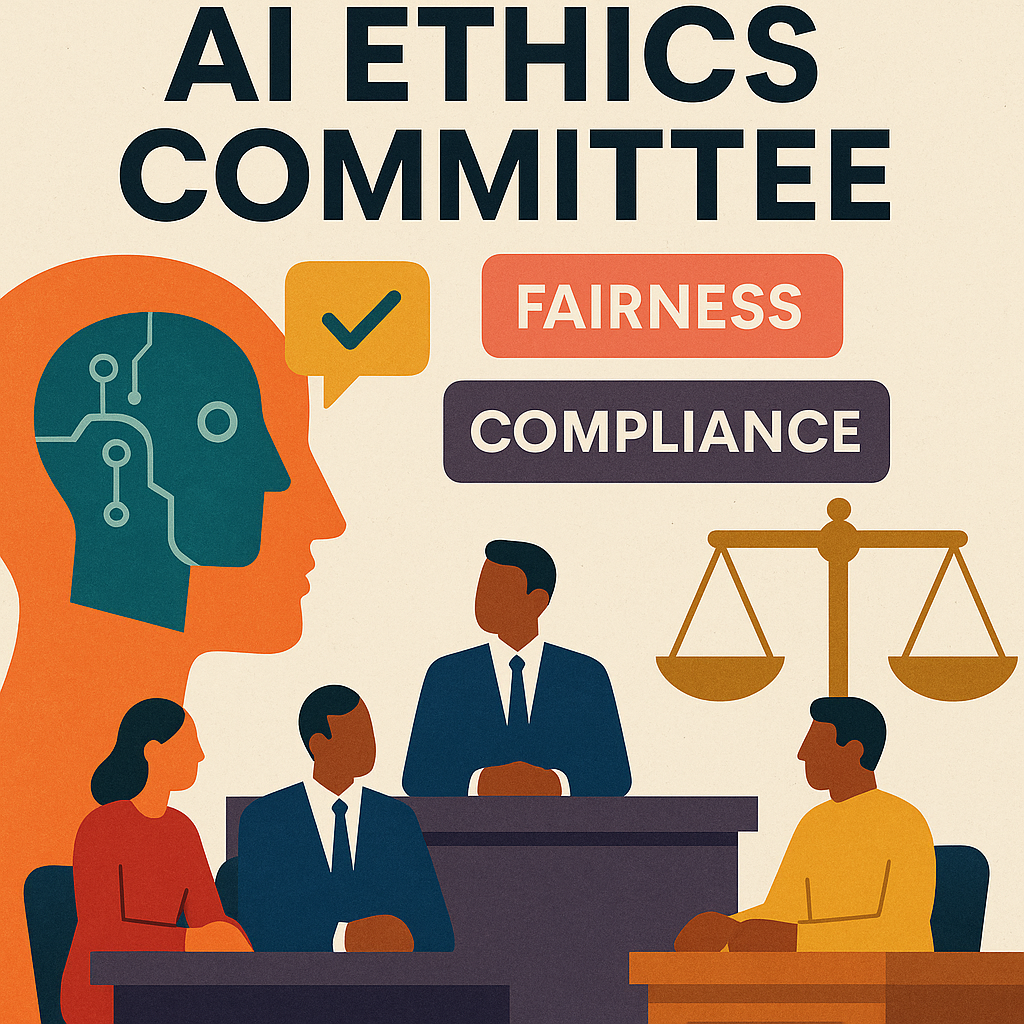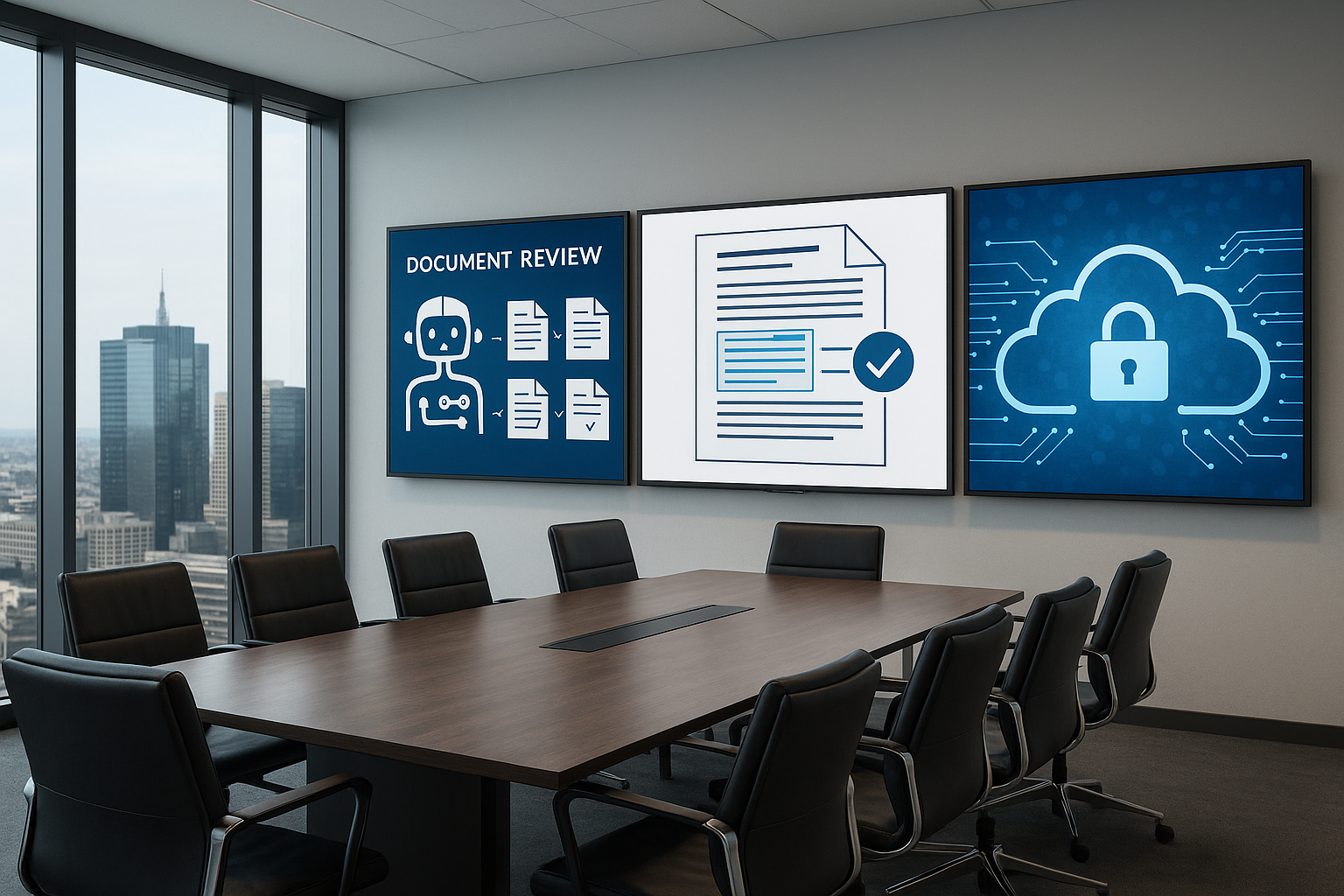Across the legal sector, the adoption of AI-powered document review has shifted dramatically from conceptual pilot projects to initiatives with the weight and scrutiny of full-scale business operations. For CIOs and knowledge-management directors in regional law firms, the question is no longer whether AI-driven document review has merit but how to industrialize its benefits without sacrificing the profession’s uncompromising standards on confidentiality, compliance, and trust. The road from a successful pilot to operational reality is paved with both technical and cultural hurdles, but a thoughtful roadmap can help management bring AI’s promise to scale.
Lessons Learned from Pilot Projects
The initial wave of AI document review pilots in law firms often brings enthusiasm and optimism, but many stall once the spotlight moves toward broader deployment. Several lessons recur in these efforts, each vital to consider as firms plan their next move.
One prominent discovery is model drift—AI models trained on generic language sources often falter when exposed to the specialized jargon and nuanced constructs found in legal writing, particularly in niche practice areas. This gap can undermine confidence amongst practitioners accustomed to precision. Furthermore, associate resistance remains tangible. Many younger attorneys worry that automation may threaten billable hours or disrupt established workflows, and seasoned lawyers may mistrust outputs from a ‘black box’ system.
Finally, pilots frequently stumble due to uncertain ownership. With responsibility divided between IT and various practice groups, initiatives risk being orphaned post-pilot, ultimately losing momentum. Without clear lines of accountability and ongoing stewardship, these projects rarely transition to business-critical platforms.
Building a Production-Grade AI Review Platform
Operationalizing AI document review calls for a robust technical foundation, emphasizing repeatability, security, and adaptability. Central to this is adopting a production-grade architecture built for legal work’s unique requirements. Many leading firms are choosing private-cloud large language models (LLMs), fine-tuned on thousands of firm-specific precedents and tailored content. This approach not only sharpens accuracy but also preserves client confidentiality by keeping sensitive data within controlled environments.

Process automation is essential to scale: auto-redaction of personally identifiable information (PII), logging of every interaction, and integration with active directory systems for granular access control. MLOps frameworks further automate model retraining, helping curb model drift and reinforce reliability. Active-learning loops—where human reviewers validate and correct the AI’s work—continuously tune results and surface subtle errors that only seasoned legal professionals would detect.
Compliance and data integrity are just as paramount. Automated audit trails ensure every edit and annotation is recorded—critical for both regulatory compliance and internal investigations. A multi-tenant architecture enables different practice areas or even entire offices to work securely in parallel, each with isolated datasets and customized AI models, supporting firm-wide scalability without compromising on segregation demands.

Governance, Ethics, and Client Trust
Scaling AI in a law firm context cannot succeed on technical prowess alone. Governance and ethics must advance in lockstep with process automation and technology. One cornerstone is explainability—legal teams must be able to articulate how AI tools produce their suggestions or classifications. This transparency is not just reassuring to skeptical lawyers; it’s also increasingly a regulatory expectation, with some bar associations providing guidance on the use of AI in the practice of law.
Client trust is built on transparency and explicit consent. Updating engagement letters to include AI disclosures and client consent clauses is becoming a best practice. These not only inform clients about how their data will be handled but preempt potential concerns about automation’s role in workflows central to their matters.
Law firms are also establishing AI ethics committees, composed of stakeholders from IT, legal practice, risk, and client relations. These bodies set policy on data governance, monitor for bias, and oversee audit trail reviews. Such committees provide the cross-functional oversight necessary for aligning practice innovation with the profession’s ethical standards and client commitments.
Change Enablement & Talent Strategy
Even the most advanced AI document review platform will underperform if attorneys and staff do not embrace it. Successful change enablement combines education, process redesign, and incentive alignment. Human-in-the-loop training programs offer a dual benefit: associates learn to vet AI outputs, improving model accuracy through feedback, while simultaneously gaining confidence in the technology. Training should not only teach the mechanical usage of tools but also focus on how to interpret results and navigate edge cases unique to legal practice.

Redefining workflows is essential for embedding these tools into daily operations. Rather than seeing AI-powered review as an ancillary or optional service, forward-thinking firms model the impact on billable hours, client turnaround, and firm-wide productivity. Transparent communication around these models can help alleviate associate concerns about utilization rates and compensation.
Finally, incentives must be institutionalized. This could include recognition programs for early adopters, integration of AI usage metrics into performance reviews, or making AI training a requirement for advancement. As adoption spreads, the firm can measure ROI not only through the cost savings of faster document review, but also via improved quality, enhanced client satisfaction, and reduced burn-out among junior staff who historically handled the most tedious review work.
The journey from pilot to production demands strategic commitment, the right investments in secure and intelligent infrastructure, and a cultural plan that engages rather than alienates attorneys and clients. By addressing legaltech process automation holistically—balancing technical excellence with responsible governance and change leadership—law firms can transform AI document review from isolated experiments into an enduring operational advantage.
Sign Up For Updates.


